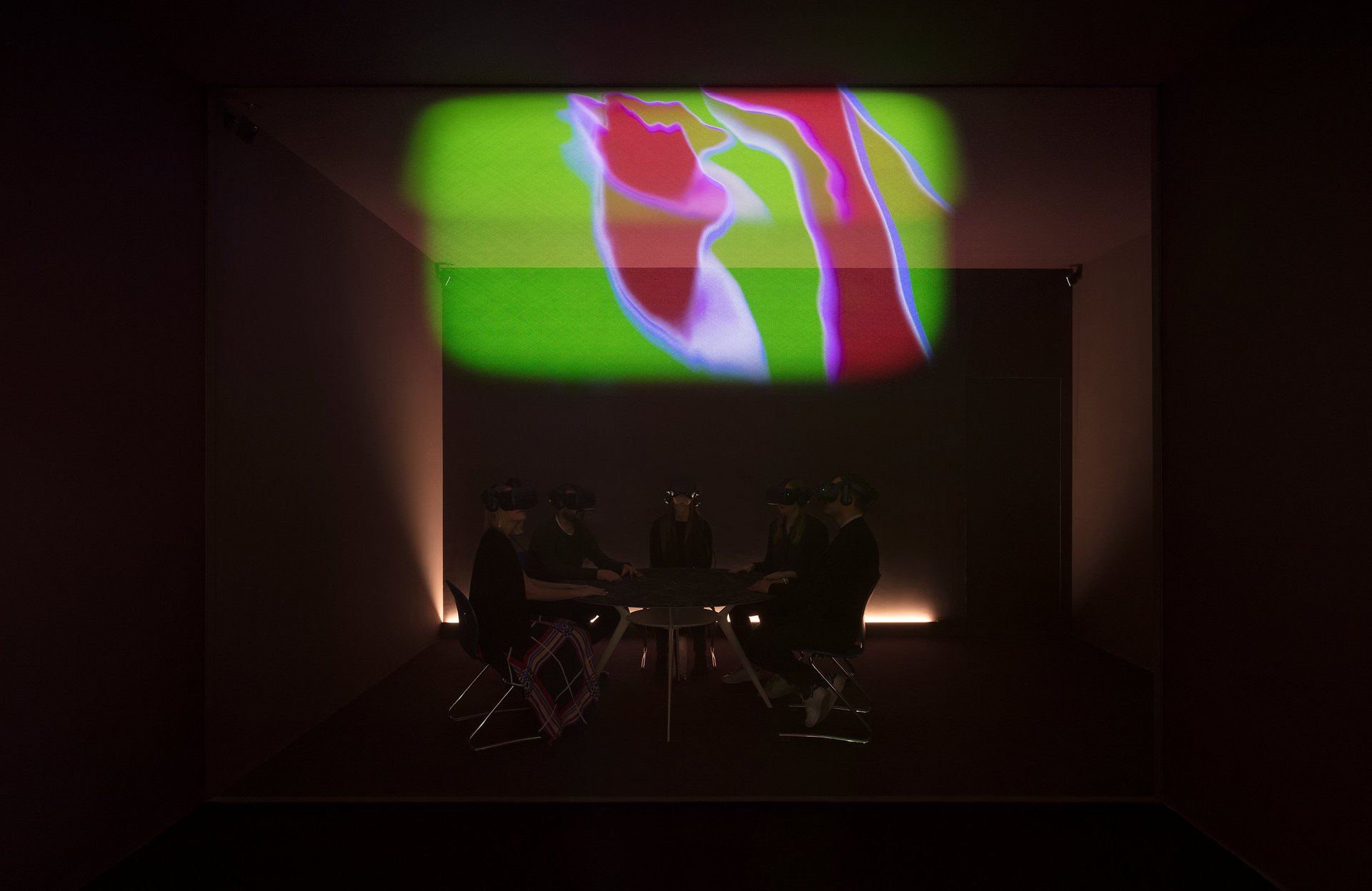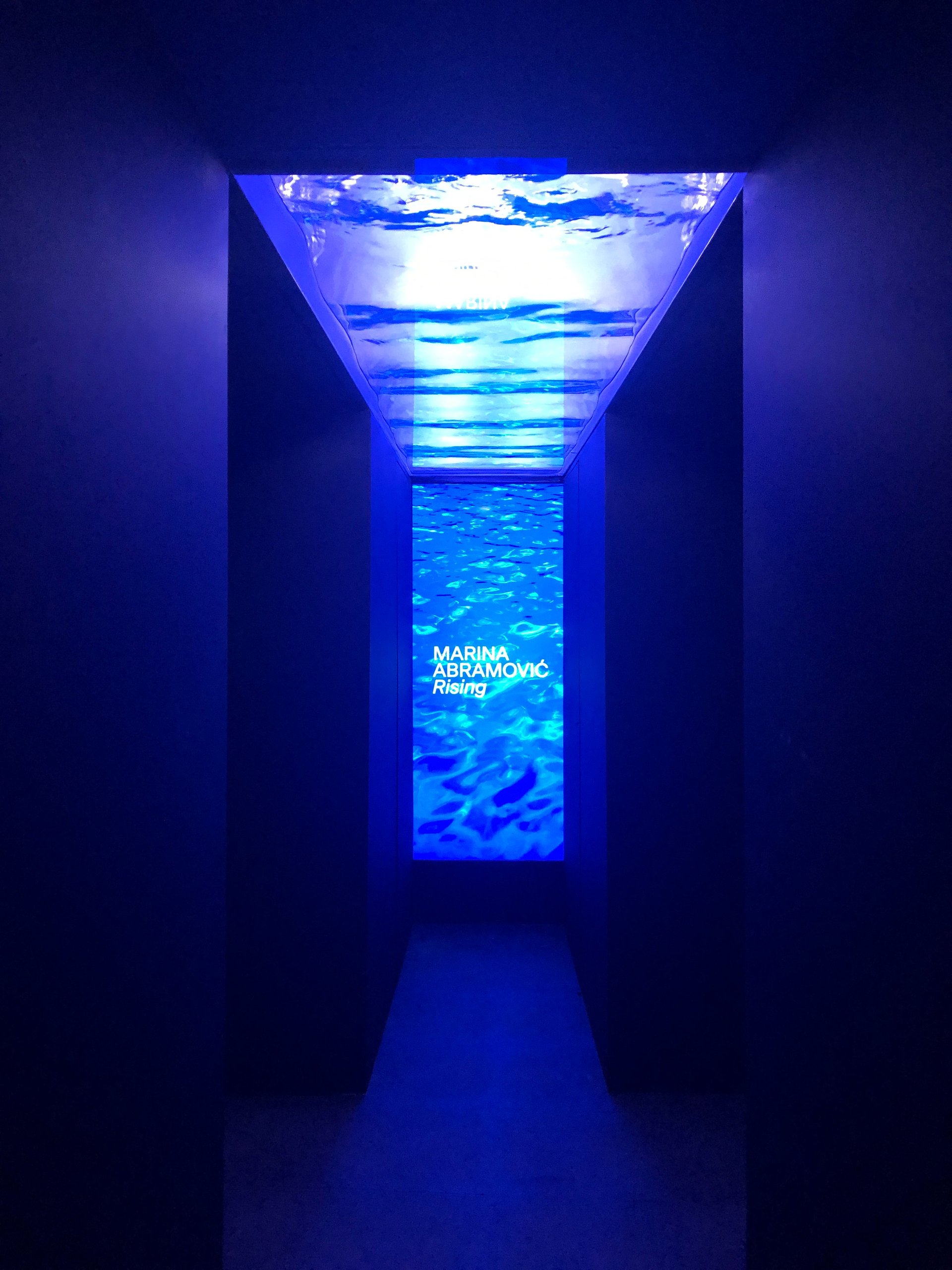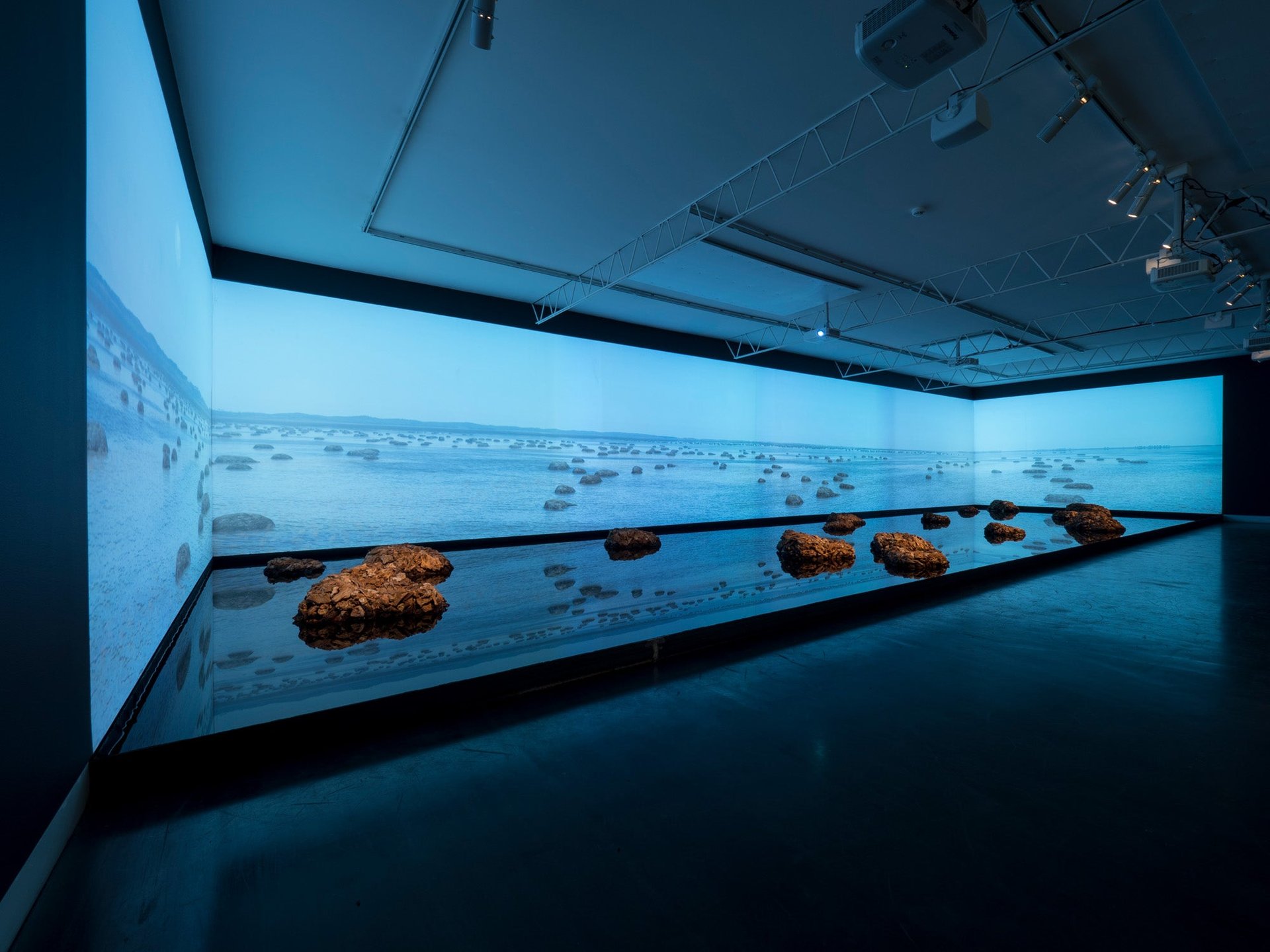Artists are using virtual reality to convey the perils of climate change
Climate change is here but not everyone can feel the impact yet. Some artists are turning to virtual reality to help audiences better “experience” it.


Climate change is here but not everyone can feel the impact yet. Some artists are turning to virtual reality to help audiences better “experience” it.
While climate scientists have warned about the effects of specific increases in the average global temperature, translating such numbers into something that people feel more viscerally has been a challenge, notes Nadine Kuhla von Bergmann, managing director of Creative Climate Cities, a Berlin-based consultancy that promotes climate change awareness and sustainable urban development.
“Mobilizing people to fight the climate crisis is only successful if the impact on their daily lives is well-explained and illustrated,” she says. “Art triggers emotions which numbers usually don’t… and VR art is powerful.”
At this year’s Venice Biennale, artists are using creative ways to drive home the urgency of climate change and sustainability.

Among the highlights is Rising, by performance artist Marina Abramović. First shown last year, it’s been rejuvenated as a walk-in installation, attracting a three-hour queue on its opening night. Presented by the Phi Center, based in Montréal, Canada, the work was produced by Acute Art, a London-based digital art lab that partners with artists to create works incorporating VR technologies.
Rising, Abramović’s first VR project, invites users to experience rising sea levels by visualizing what it is like to be submerged in water. The audience walks into the dimly lit installation, which has a layer of water hovering above the ceiling. After donning VR headsets in a small room, they are transported into what appears to be an abandoned warehouse, where an avatar of Abramović is standing in a water tank. Water is filling up fast and the artist is crying for help while explaining the impact of global warming.
Before the artist can be saved from the rising waters, the audience is taken to a bleak scenario. Standing alone on a wooden raft floating on a rough sea, viewers are surrounded by thunderstorms and melting glaciers. Nothing else is left in the world depicted in the VR video, with the viewer immersed in what looks like an apocalypse.
Abramović is not the first artist who has attempted to raise awareness of climate change through a technologically advanced medium. The Munich-based American artist Tamiko Thiel launched an augmented-reality work in 2016 entitled Gardens of the Anthropocene to show how aquatic and terrestrial plants have mutated to survive the catastrophe of climate change. Commissioned by the Seattle Art Museum for the Olympic Sculpture Park, the creative work is derived from scientific research.
More environmentalists and scientists have begun using virtual reality to tell the stories of climate change. In February, the Data-Driven EnviroPolicy Lab (based at Yale University’s School of Forestry and Environmental Studies and Yale-NUS College, Singapore) held the second Climate VR hack to explore the possibilities of communicating the impact of climate change through VR.
Taiwan’s tech giant HTC, which develops VR headsets and content under its brand Vive, provides grants to projects that promote awareness of climate change and sustainability under VR for Impact. One of the projects is Tree, a VR film that allows viewers to experience the life and fate of a tree firsthand.

Also on show in Venice, Living Rocks: A Fragment of the Universe, by Australian artists James Darling and Lesley Forwood, immerses visitors in the Earth of 3 billion years ago to get them to imagine the future. Presented by the Art Gallery of South Australia, the work is an installation of a large pool of water and rocks against the backdrop of digital screens depicting the early days of an uncontaminated planet.